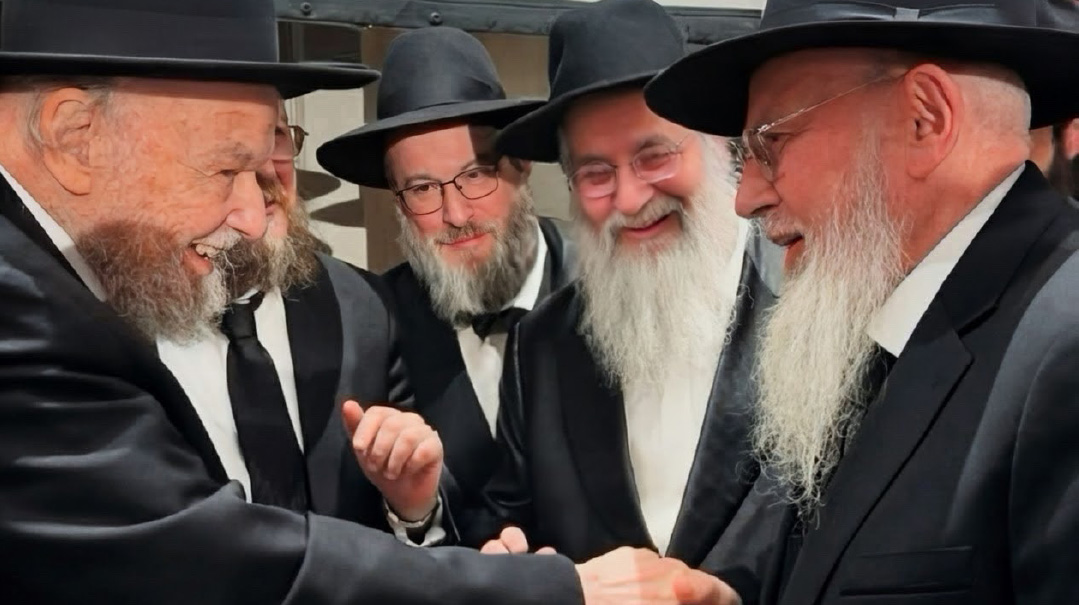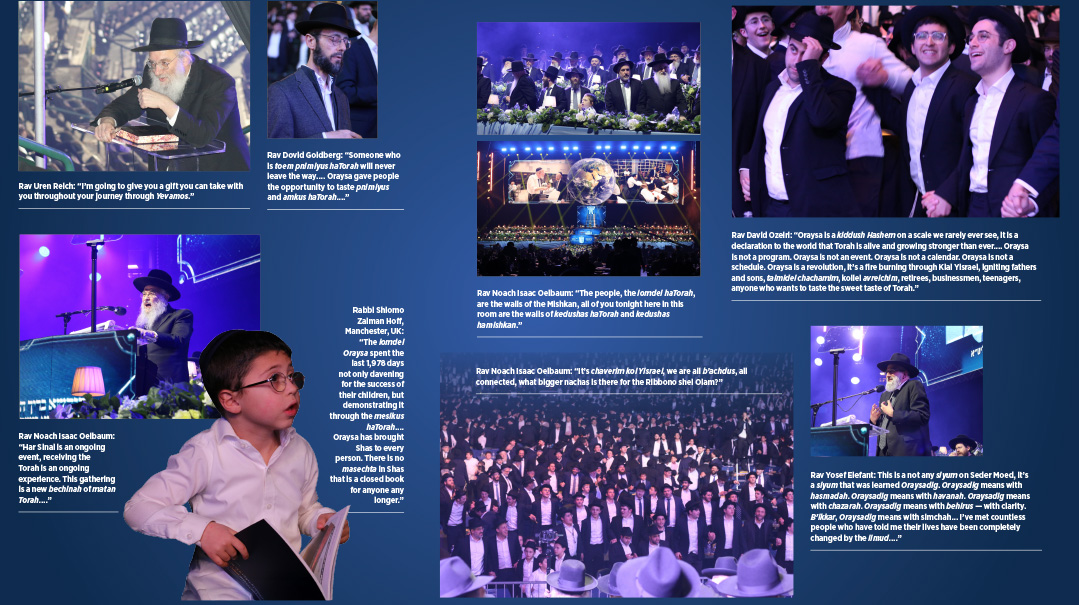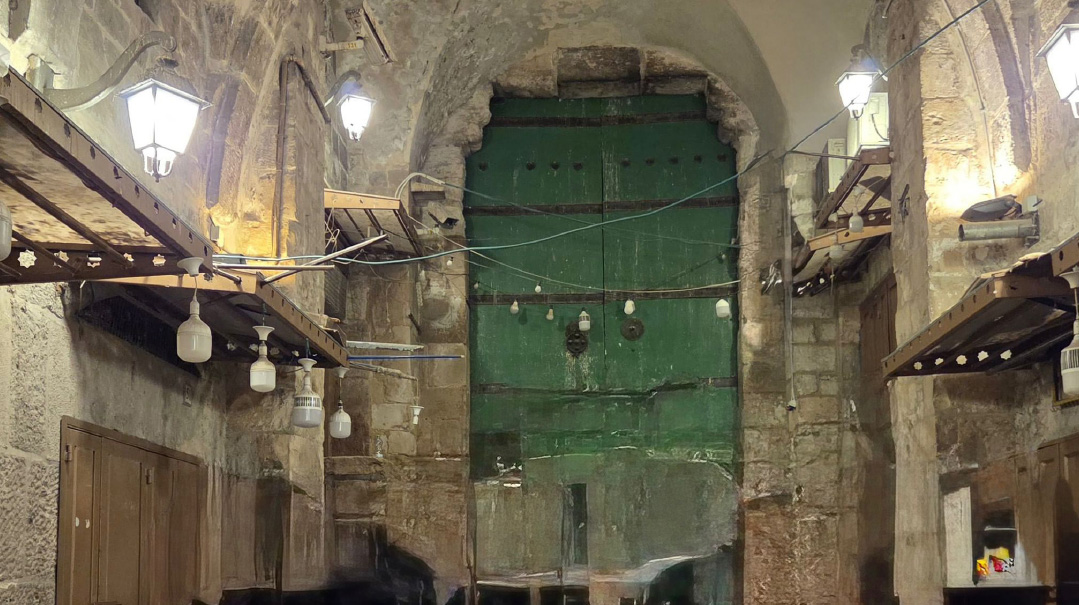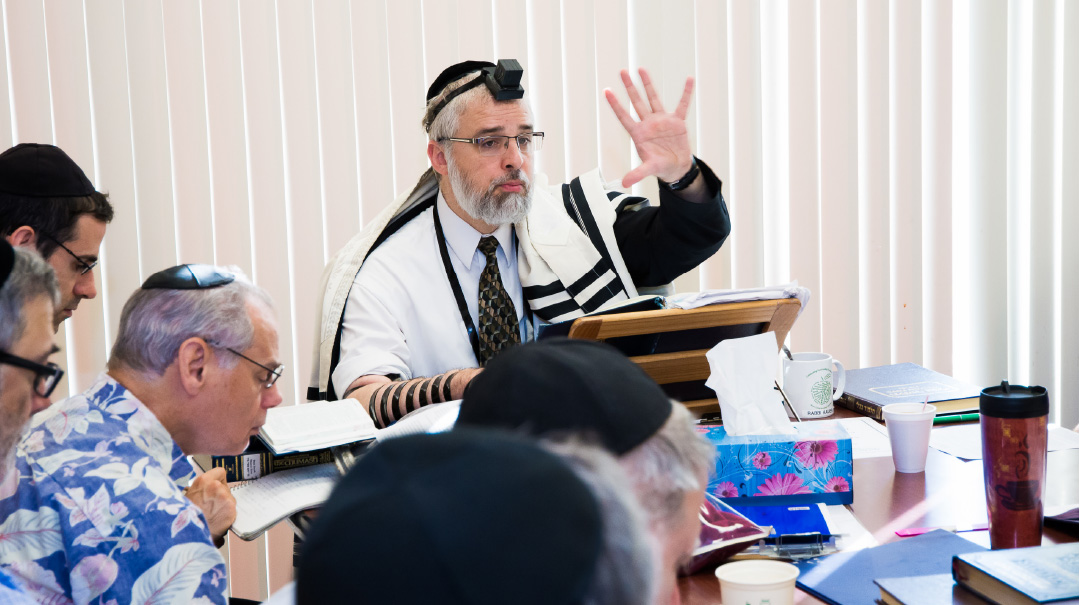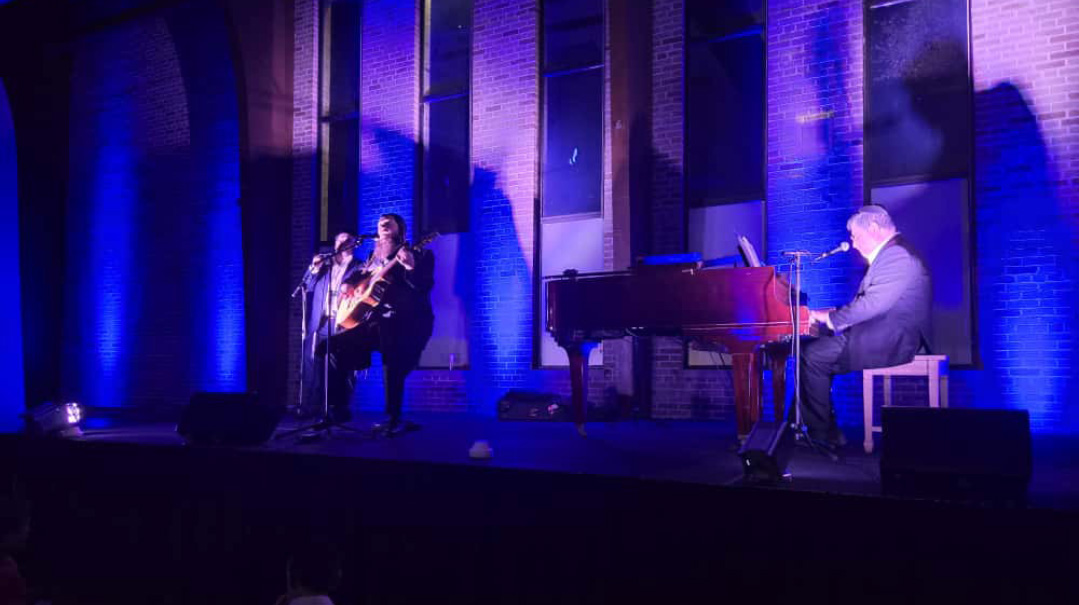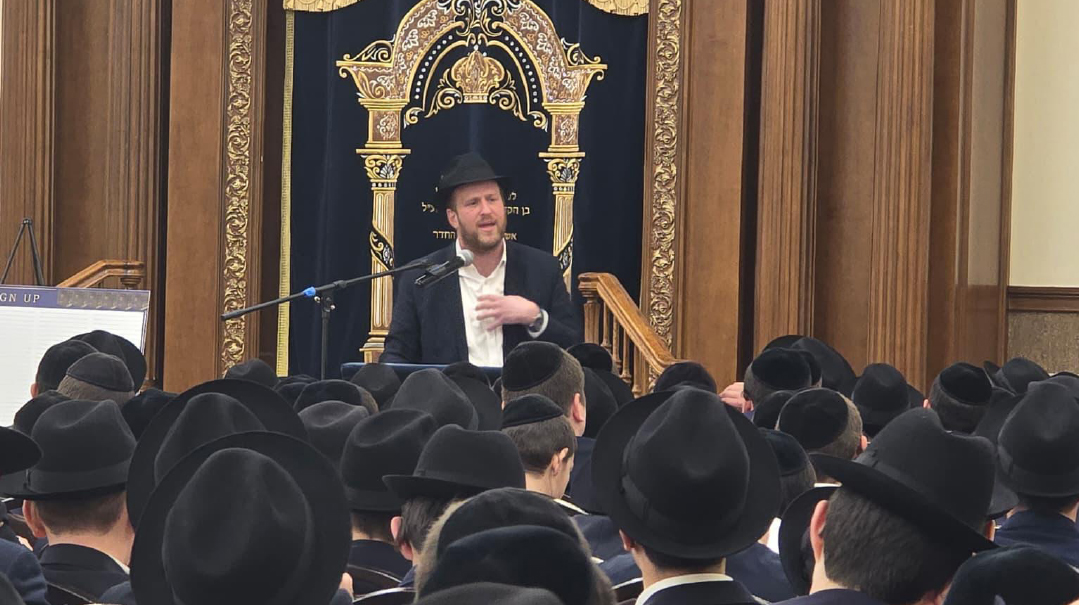Living Higher: Issue 941
| December 20, 2022Finally, on Erev Yom Kippur of 2019, Rabbi Feldheim received an e-mail; the priests were ready to move forward
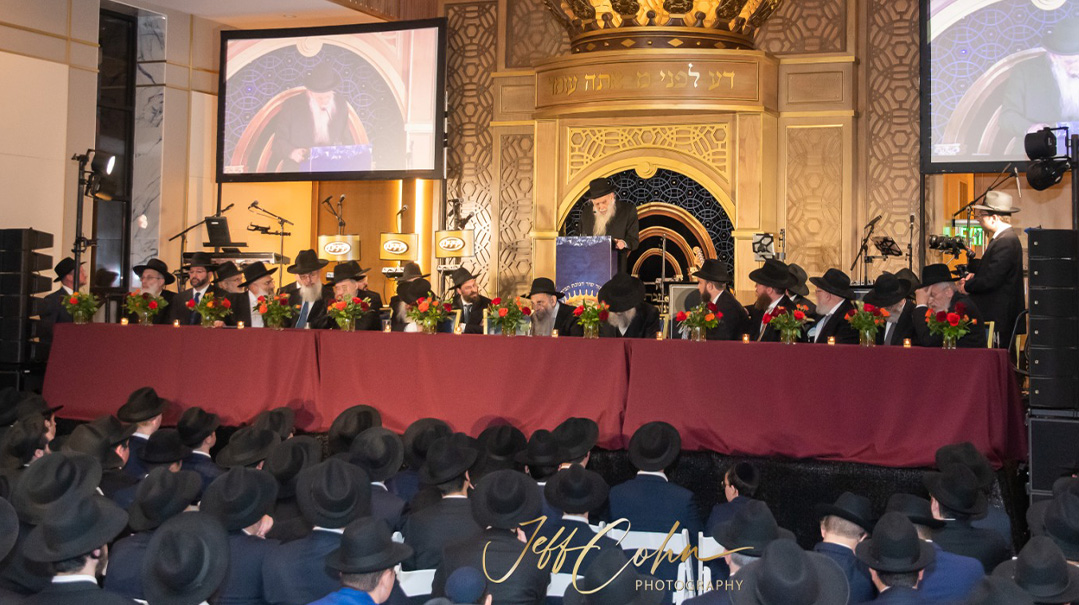
Photo: Jeff Cohn Photography
T
here’s a quote emblazoned on the walls of Mesivta Kesser Torah of Baltimore, presently settled in its new building, attributed to Rav Chaim Brisker: “Kol hanaaseh ba’olam, naaseh ba’avur Torah v’lomdeha — All that happens in the world happens for the sake of Torah and those who study it.”
For those involved in the backstory behind the yeshivah’s move, the quote couldn’t be more apropos. It was sometime around June 2019 when Rabbi Avrohom Feldheim, the yeshivah’s menahel, noted with both joy and concern that the yeshivah was rapidly outgrowing its premises. They yeshivah was adding a new class of 20 talmidim each year; it was time to find a bigger location.
The search began, but yielded no results. In Baltimore’s dense residential landscape, finding a suitable building zoned for education was proving to be impossible. Then, after several leads fizzled out, Rabbi Feldheim “happened” across a sprawling 40-acre campus located just outside Baltimore’s residential zone. The campus was home to a church, a prayer garden, a cemetery, and a dormitory. It was just a stone’s throw away from Baltimore’s frum community, but shrouded by woods, barely visible even to those who drove by daily.
Together with Rabbi Yonah Zahler and Rabbi Dovi Gibber, Rabbi Feldheim approached the group of priests who owned the property and asked if they were looking to sell. As it turned out, they were.
Other offers came in as well, and months passed until the yeshivah received an answer in the affirmative. Finally, on Erev Yom Kippur of 2019, Rabbi Feldheim received an e-mail; the priests were ready to move forward.
After closing the deal, the cemetery was exhumed, the many religious symbols removed, and the yeshivah relocated into their newly purchased campus. But the simchah was incomplete. While the chapel had the right size and design to serve as the main beis medrash, the halachic requirements of transforming a non-Jewish house of prayer into a home for Torah and tefillah are complex, and involve a necessary waiting period.
For over a year, the yeshivah used that room as a storage room, allowing the time and change in purpose to nullify the room’s status as a beis avodah zarah. Finally, the room was halachically cleared to be transformed into a mikdash me’at, and with the help of generous donors, it underwent extensive renovations, emerging as an exquisite beis medrash.
At the chanukas habayis held in mid-November, Rav Aharon Feldman shlita, Rosh Yeshivah of Ner Israel, expressed the community’s excitement. “Another jewel,” the Rosh Yeshivah said, “has been put into the crown of this glorious city.”
And while the inauguration of a new yeshivah building is always a milestone event, the unique significance of the yeshivah’s new campus was not lost on the community. This massive campus with an enormous building had been built way back in 1955, with its dimensions tailor-made for a yeshivah, but it took 67 years for its destiny to be realized.
“Kol hanaaseh ba’olam, naaseh ba’avur Torah v’lomdeha.”
(Originally featured in Mishpacha, Issue 941)
Oops! We could not locate your form.

